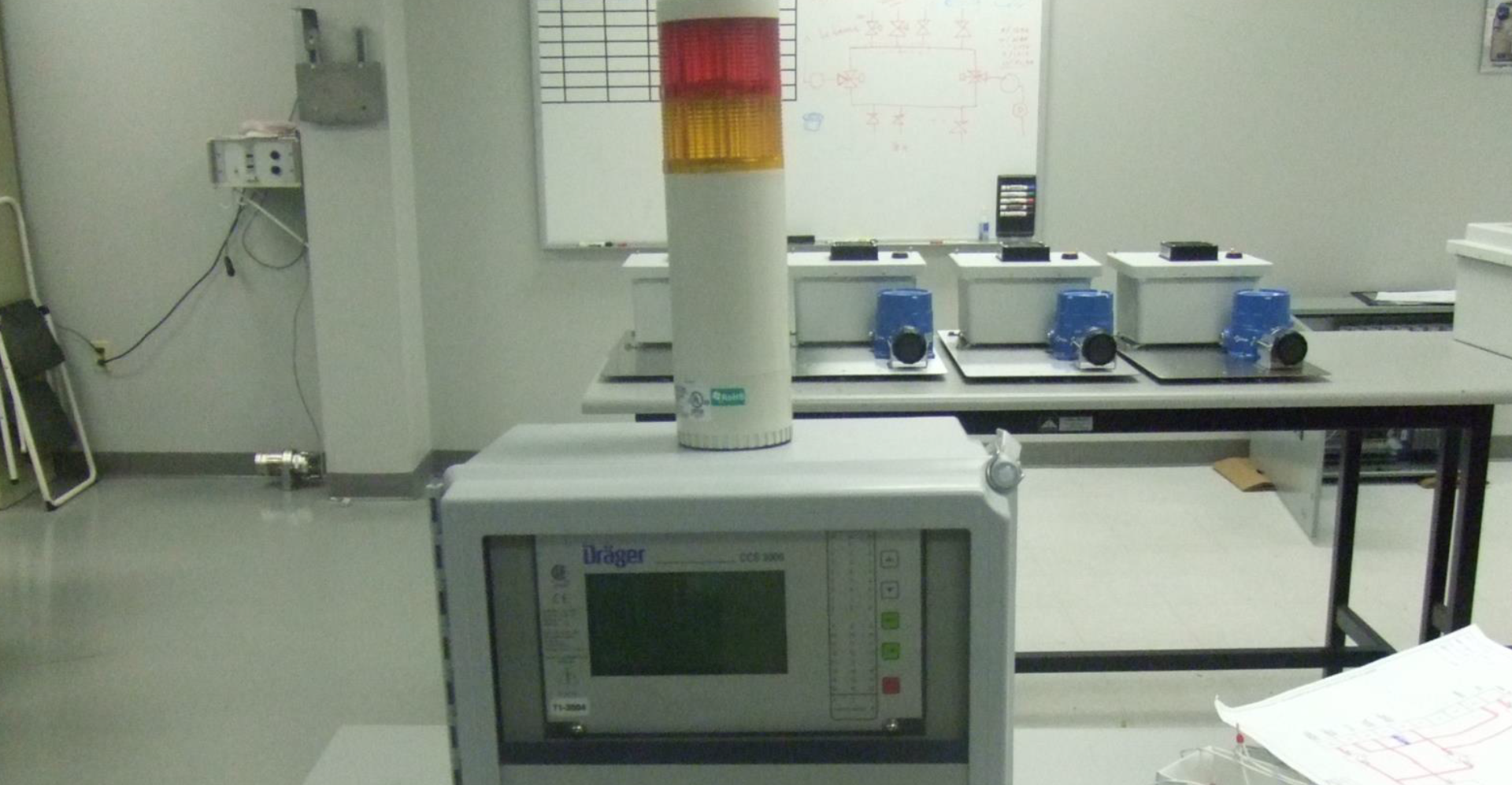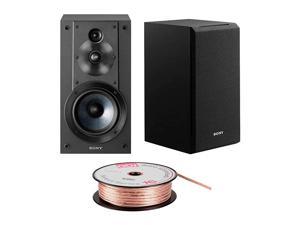



Our results indicate that chondrocytes might sense and distinguish the different intensities of repetitive mechanical stimulus by using different mechanosensitive ion channels. Therefore, mechanotransduction is important in chondrocytes and is vital for their role in cartilage function. These results provide a basis for further examination of mechanotransduction in cartilage and raise a possibility of therapeutically targeting Piezo2-mediated mechanotransduction for the treatment of cartilage disease induced by repetitive mechanical forces.Ĭhondrocytes in cartilage are constantly subjected to load-induced stimuli and regulate their metabolic activities in order to maintain cartilage homeostasis. More specifically, TRPV4-mediated Ca 2+ signaling played a central role in the response of chondrocytes to physiologic levels of strain (3% and 8% of strain), while Piezo2-mediated Ca 2+ signaling played a central role in the response of chondrocytes to injurious levels of strain (18% of strain). Of note, they played different roles in calcium oscillation induced by different intensities of stretch stimulation.

In addition, stretch-evoked i changes were significantly suppressed in TRPV4-KD, Piezo1-KD, or Piezo2-KD cells compared with control siRNA-treated cells, indicating that any channel essential for Ca 2+ signaling induced by stretch stimulation in chondrocytes. The characteristics of i in chondrocytes evoked by stretch stimulation were stretch intensity dependent when comparing unstretched cells. Finally, using a Ca 2+ imaging system, stretch-evoked intracellular Ca 2+ ( i) influx in chondrocytes was examined to investigate the roles of TRPV4, Piezo1, and Piezo2 in Ca 2+ signaling in response to different intensities of repetitive mechanical stretch stimulation. Then we used Flexcell® Tension System to apply cyclic tensile strains (CTS) of 3% to 18% at 0.5 Hz for 8 h to the knockdown and control siRNA-treated cells. To study this, TRPV4-, Piezo1-, or Piezo2-specific siRNAs were transfected into cultured primary chondrocytes to knock down (KD) TRPV4, Piezo1, or Piezo2 expression, designated TRPV4-KD, Piezo1-KD, or Piezo2-KD cells. The aim of this study was to distinguish the potential contributions of TRPV4, Piezo1, and Piezo2 in transducing different intensities of repetitive mechanical stimulus in chondrocytes. Chondrocyte mechanotransduction is not well understood, but recently, it has been proposed that mechanically activated ion channels such as transient receptor potential vanilloid 4 (TRPV4), Piezo1, and Piezo2 are of functional importance in chondrocyte mechanotransduction.


 0 kommentar(er)
0 kommentar(er)
